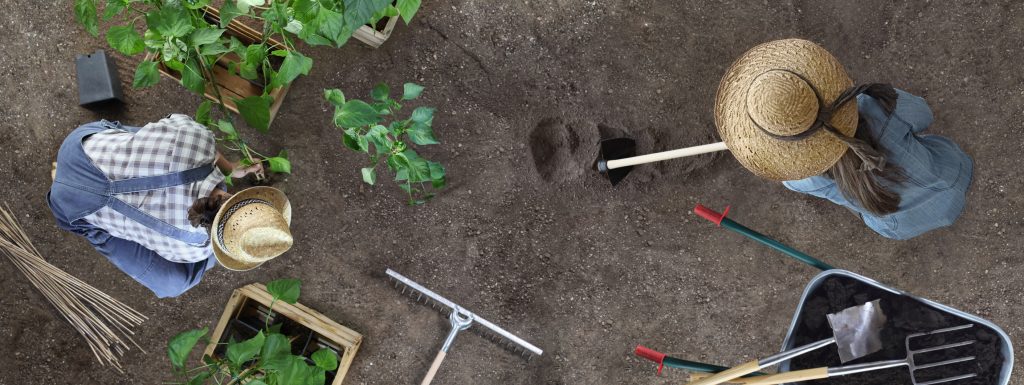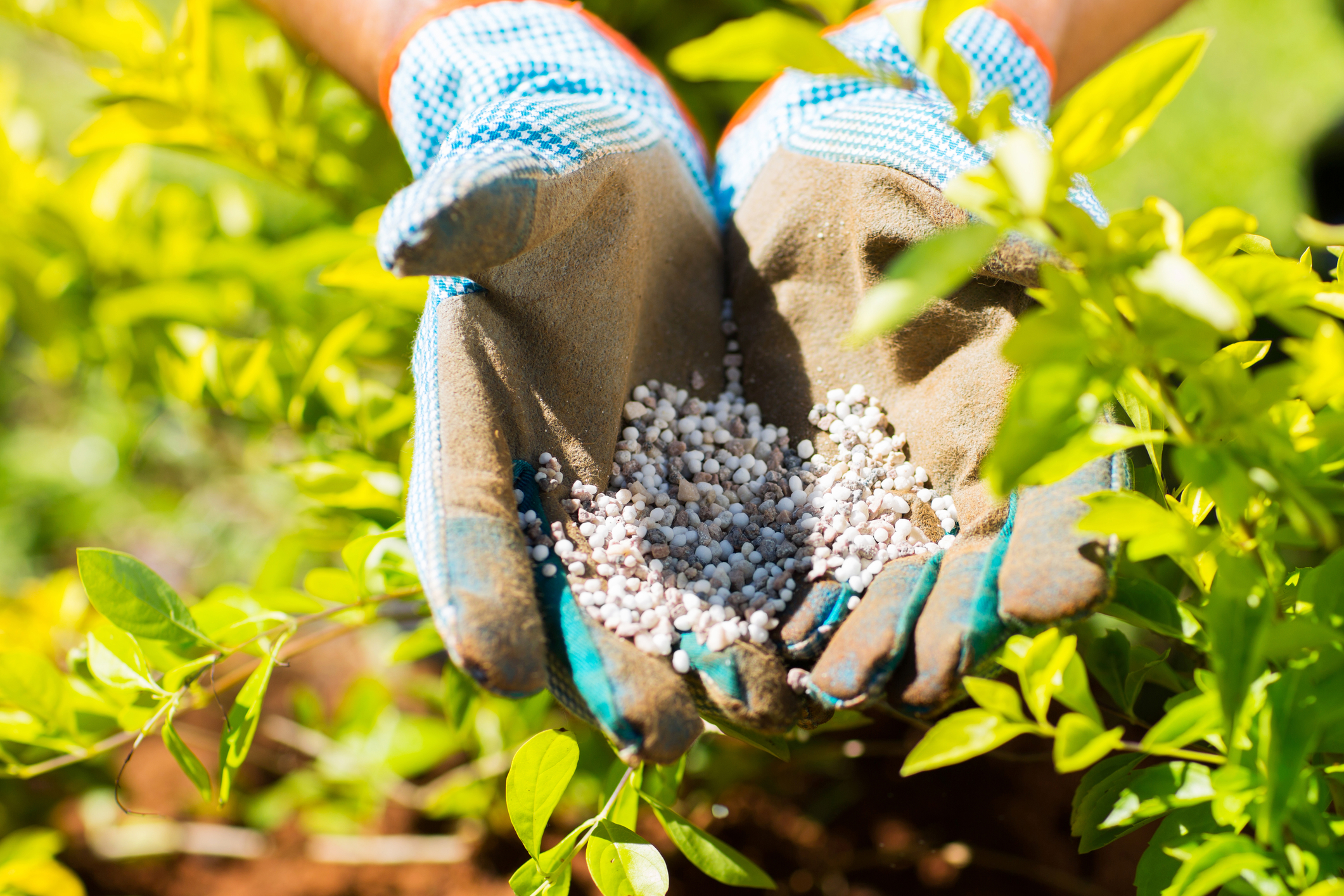How much do you know about plant fertilizer? While your level of knowledge depends on your gardening experience, as well as how much research you’ve done on the topic, this doesn’t mean that you don’t make mistakes when applying yours. It’s very easy to use the wrong type of fertilizer, not mix it correctly, or even apply too much (or too little) of it. Since fertilizer is an important part of the growing process, you need to know which mistakes your making so that you can avoid them in the future. Here are some of the most common ones.
Using Too Much Fertilizer
Too much of a good thing is definitely a problem. If you use too much fertilizer, you could actually be hurting your plants. As it turns out, over-fertilizing can cause certain compounds in the soil to build up, which will hurt your plants. For example, they need just enough nitrogen in order to survive and thrive, but too much can kill them. Never over fertilize. This is one of those things where the words “too much of a good thing” certainly come true. In fact, if you’ve just fertilized the soil and your plants look as if they need more fertilizer (look for droopy leaves, and so on) this might actually be a sign that you applied too much.
Suggested Article: The Best All Natural Fertilizers for Your Garden
Adding Too Much of One Nutrient
It’s easy to add too much of one nutrient and not enough of the others. Many people focus on the trio of NPK, or Nitrogen, Phosphorus, and Potassium, while forgetting that their soil actually needs to be a perfect balance of these compounds and others. In order to balance things out properly, make sure to use more than one type of fertilizer. Look for ones that contain calcium, sulfur, or one of the other many micronutrients that your plants need.
Related Article: 4 Simple Ways to Improve Your Garden Soil
Your Fertilized Them at the Wrong Time
This is where doing research on your plants comes in handy. There are numerous resources out there that tell you exactly when this type of tomato plant or that type of cucumber vine needs to be fertilized. You shouldn’t fertilize everything at once, or just “wing it.” Instead, look up your exact varietals and create a calendar or chart that shows when in their growth cycles that they need to be fertilized. Your plants will reward you growing plenty of vegetables if you do this correctly.

Repeating the Same Patterns
You need to remember that what worked great one year won’t necessarily provide the same results the next. It’s easy to fall into these habits and come up with a formula of sorts that spells out success. However, your plants might have different needs the next year, based on the air temperatures, amount of sunlight, soil conditions, and even how much water they’ve received. You need to plan everything to match – not just do the same thing over again because it worked that way in the past. Be open to change and everything will work out for the best.
Suggested Article: Why You Should Keep a Homesteading Journal
Not Testing Your Soil
The soil that you plant your crops in needs to be tested every year because its condition can change. Since you want your soil to have that perfect balance of nutrients and micronutrients, it helps to know what it’s exactly chemical composition is. This way, you can add in the right type of fertilizer. Otherwise, you might be applying more phosphorus to soil that already has plenty of this nutrient. This isn’t good for the plants or your soil composition. The more that you know about your soil before you fertilize it, the better.
Related Article: How to Test Soil Quality


